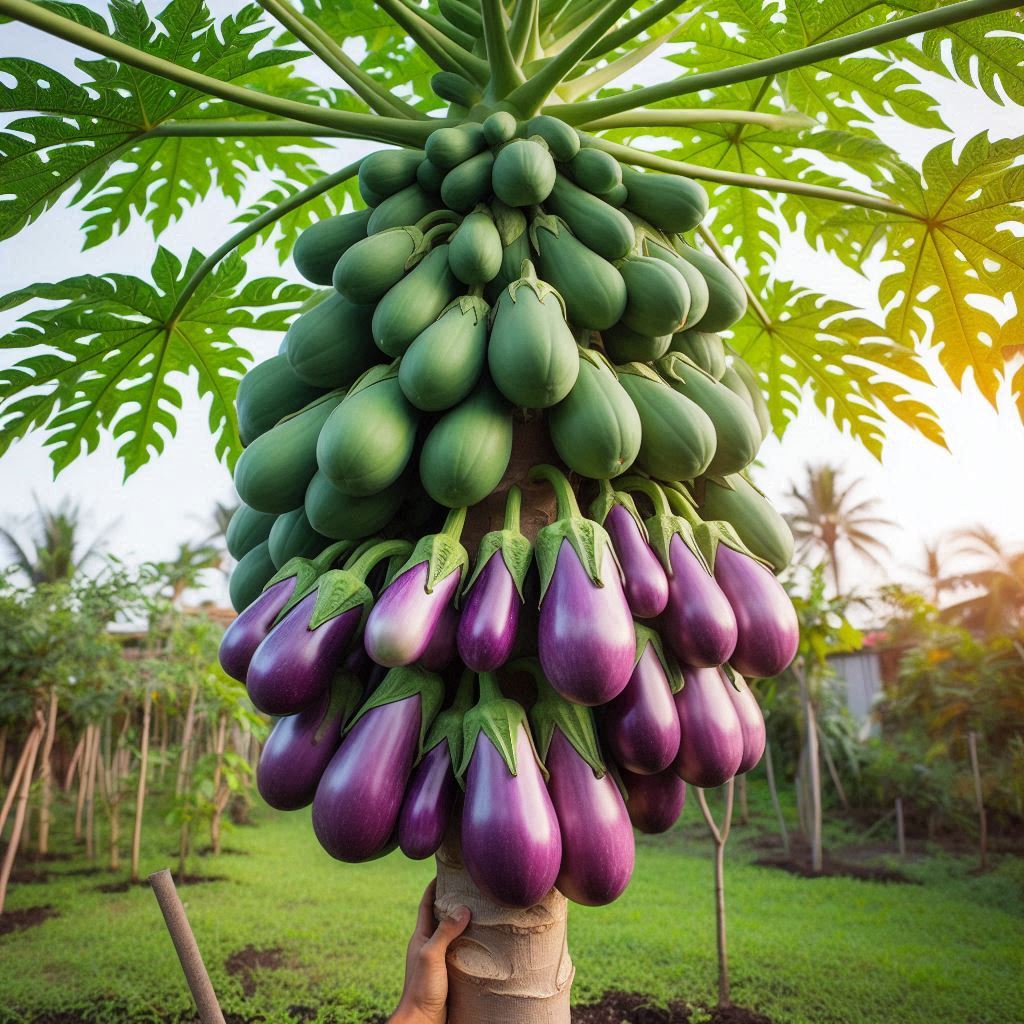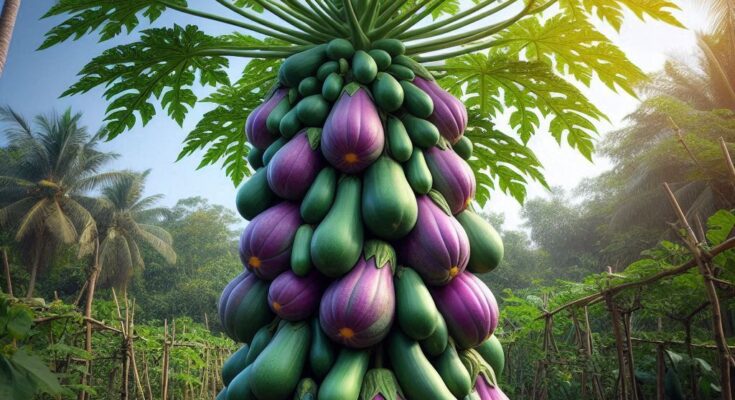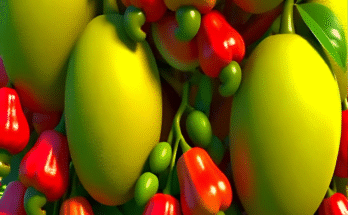Grafting Eggplant With Papaya Fruit: A Curious Agricultural Experiment
Grafting is a well-established horticultural technique used to combine the desirable characteristics of two plants by physically joining them. Common in fruit trees and vines, grafting allows growers to create hardier plants, increase disease resistance, and improve yields. However, the idea of grafting an eggplant (Solanum melongena), a solanaceous vegetable, with papaya (Carica papaya), a tropical fruit-bearing tree, may sound unconventional or even implausible to those familiar with plant biology. Despite the biological hurdles, this concept has garnered interest in experimental agriculture and botany due to its bold defiance of traditional grafting norms.
Understanding Grafting Basics
Grafting involves joining the tissues of two plants so that they grow as a single organism. The plant that provides the root system is known as the rootstock, while the plant that contributes the aerial parts (usually stems, leaves, flowers, and fruit) is called the scion. Successful grafting typically requires the two plants to be closely related, usually within the same genus or at least family. This compatibility allows their vascular tissues—especially the cambium layers—to align and merge, enabling the transport of water, nutrients, and hormones between the rootstock and the scion.
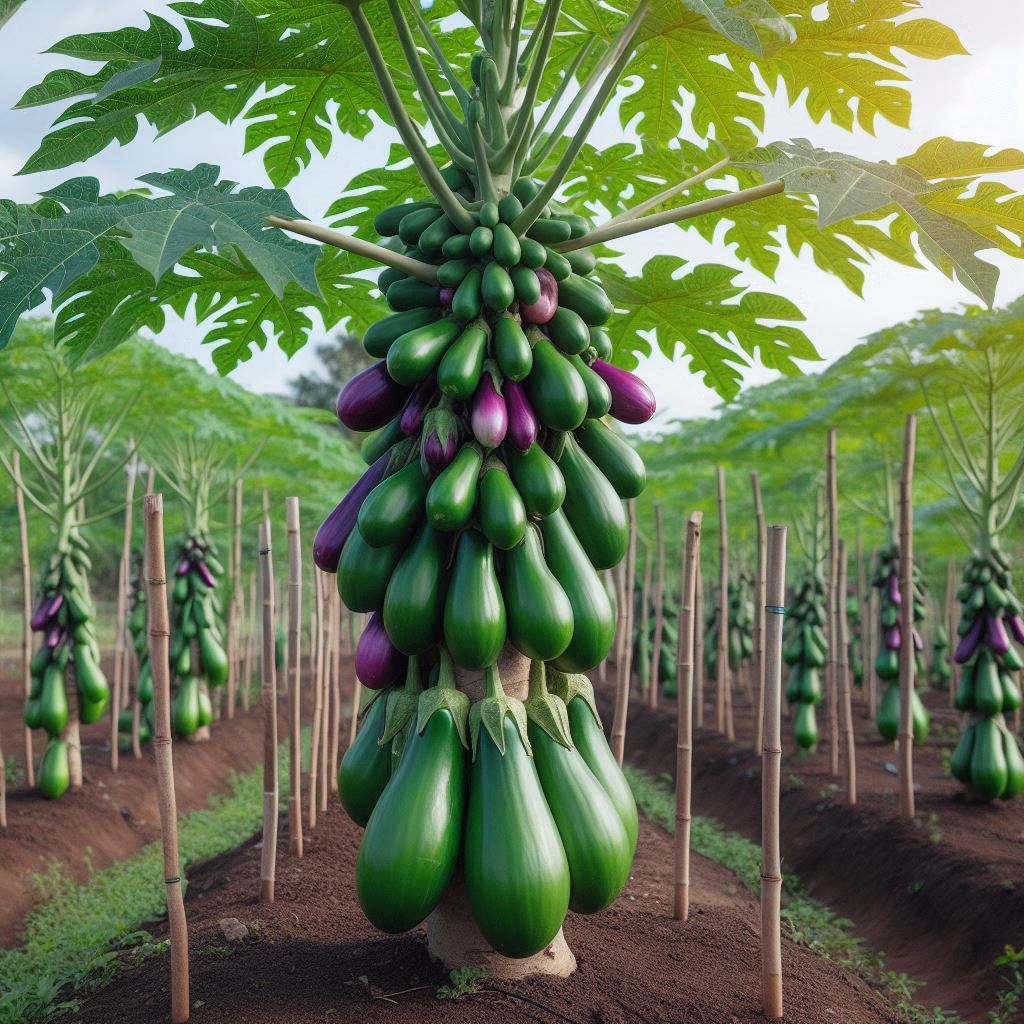
The Biological Divide Between Eggplant and Papaya
Eggplant belongs to the Solanaceae family, which also includes tomatoes, peppers, and potatoes. Papaya, on the other hand, belongs to the Caricaceae family. These two plants are not only in different genera but also in entirely different plant orders: Solanales for eggplant and Brassicales for papaya. This makes them highly incompatible for traditional grafting.
In general, inter-family grafting is extremely rare and often unsuccessful because the plant tissues fail to integrate. The immune response of the host plant may reject the graft, or the differing growth rates and structural compositions may cause the graft to fail over time.
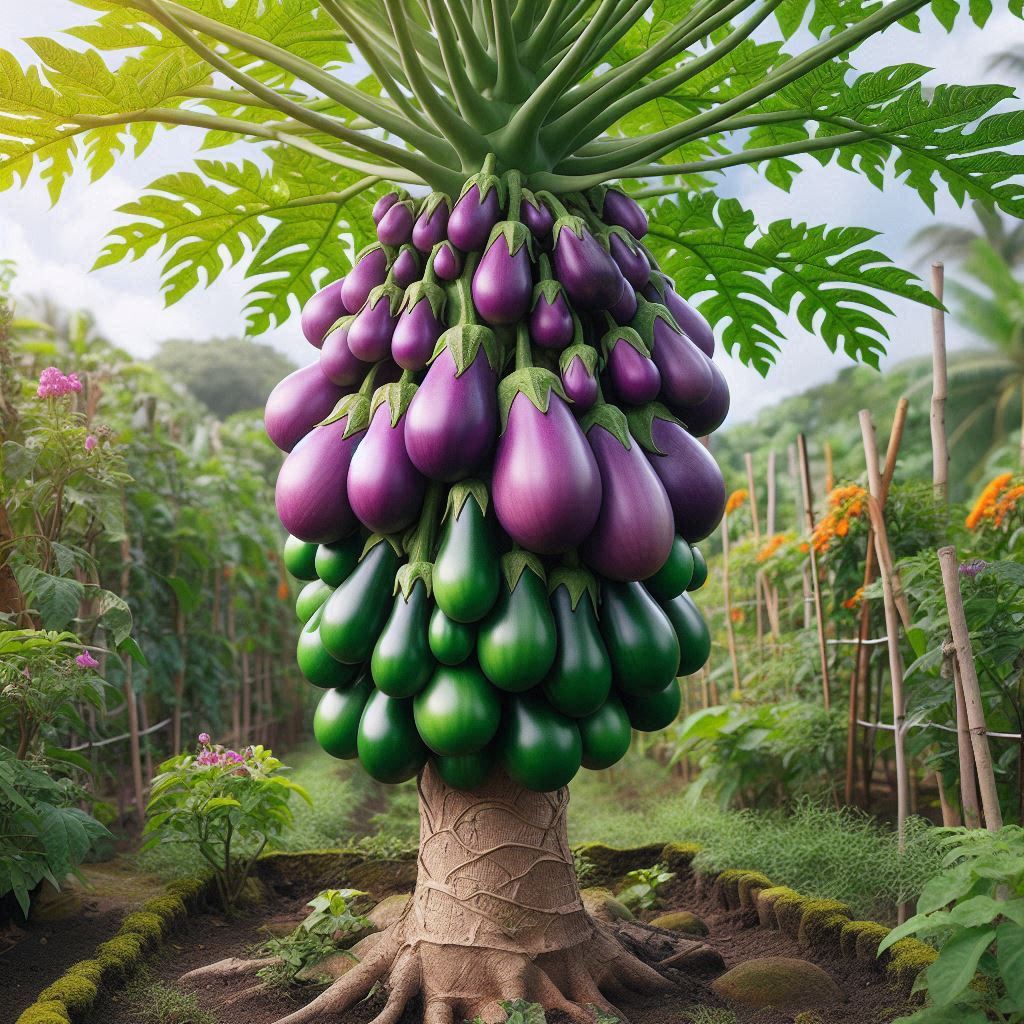
Why Consider Grafting Eggplant with Papaya?
Despite the biological incompatibility, there are several reasons why such a graft might be explored in experimental agriculture or as a scientific curiosity:
- Novelty and Innovation: Researchers may be motivated by the challenge itself. Attempting such an unusual graft could lead to new insights about plant communication, compatibility, and vascular development.
- Stress Tolerance Testing: Papaya plants are known to tolerate a range of environmental conditions. If some form of grafting with eggplant could be made viable—even through tissue culture or advanced biotechnology—this might potentially lead to eggplants that benefit from the papaya root system’s environmental hardiness.
- Educational Purposes: This kind of unusual grafting can serve as a powerful teaching tool in botany classes, highlighting the limitations and principles of plant compatibility.
- Hormonal Influence Studies: Scientists may use this grafting as a model to study how hormones and other chemical signals move between dissimilar plants, influencing growth and development.
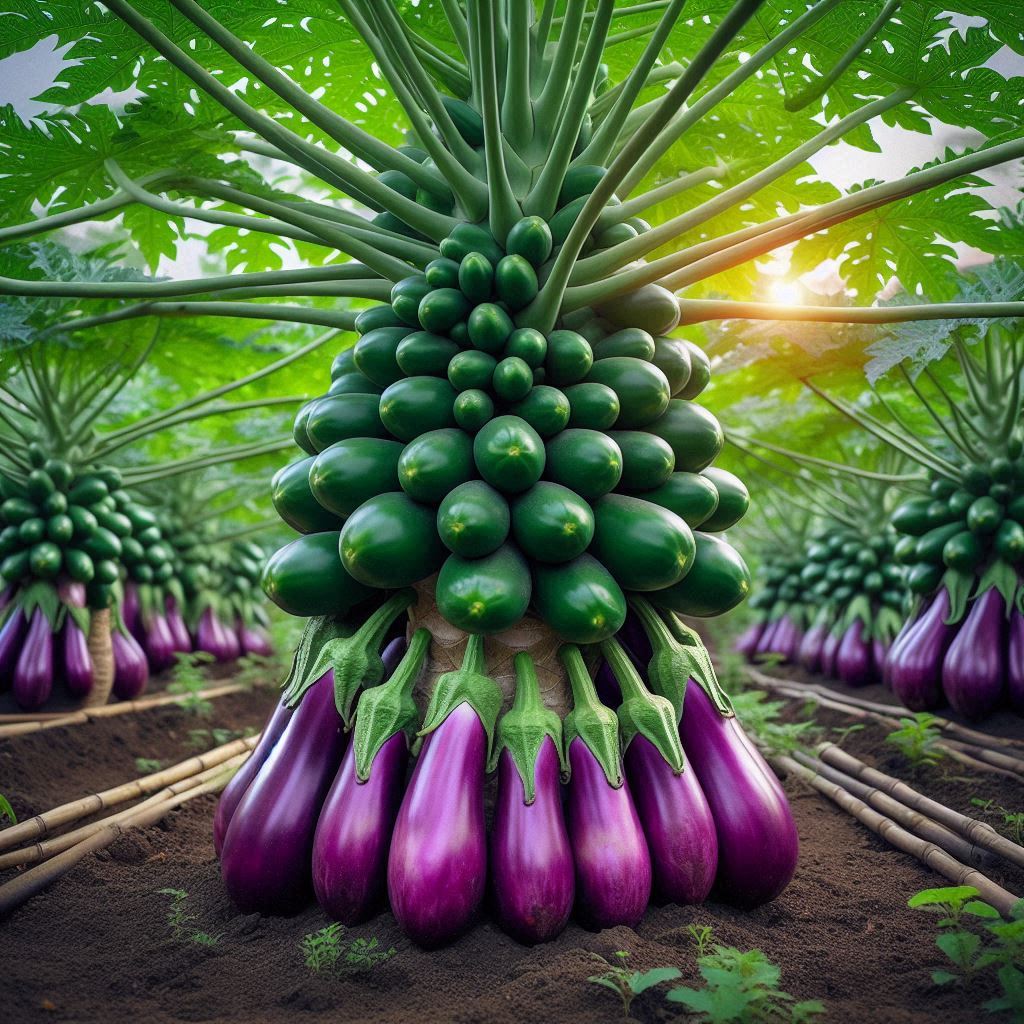
Techniques to Increase Success
While traditional grafting techniques are unlikely to succeed with such dissimilar species, modern biotechnological methods may offer some hope:
- Tissue Culture: By using sterile environments and controlled conditions, plant scientists can attempt somatic fusion of cells from different species. Although highly experimental, this technique has shown some promise in creating chimeric plants.
- Genetic Engineering: Advances in CRISPR and other gene-editing tools might allow scientists to modify eggplant and papaya cells to enhance compatibility. This could involve altering genes that regulate immune responses or vascular tissue formation.
- Grafting as Rootstock/Scion Bridge: In some rare cases, an intermediate plant (called a “bridge”) can be used to connect incompatible species. However, finding a plant that is compatible with both eggplant and papaya is a significant challenge.

Ethical and Practical Considerations
From a practical standpoint, even if such a graft were successful, the utility remains questionable. Papaya and eggplant have very different growth habits—papaya is a fast-growing tropical tree, while eggplant is a relatively short-lived herbaceous plant. The physiological mismatch could result in growth issues, poor nutrient transport, or structural failure of the plant.
There are also ethical and ecological questions surrounding such experiments. If these grafted plants were to be released into the environment, even unintentionally, they could pose unknown risks to local ecosystems. Therefore, such studies are typically confined to controlled research facilities.
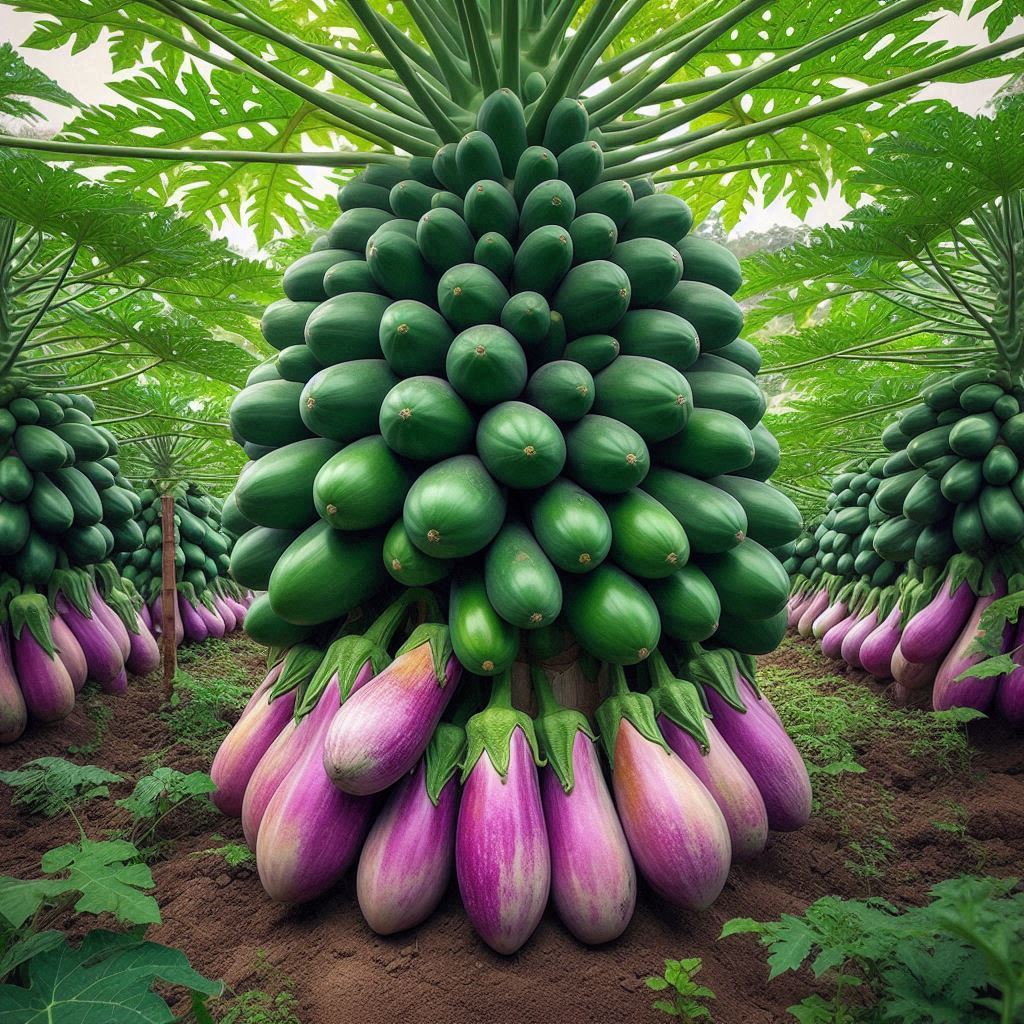
Conclusion
Grafting an eggplant with a papaya fruit plant is a fascinating, albeit biologically improbable, endeavor. The vast differences in taxonomy and plant physiology make traditional grafting between these two species unfeasible with current methods. However, with the advancement of biotechnology, the barriers to interspecies and even inter-family grafting are slowly being tested and, in rare cases, overcome.
This concept challenges the boundaries of conventional horticulture and encourages curiosity about what is possible in the plant world. While we may not see eggplant-papaya hybrids in commercial agriculture anytime soon, these experiments push forward our understanding of plant biology, compatibility, and the potential of scientific innovation.
